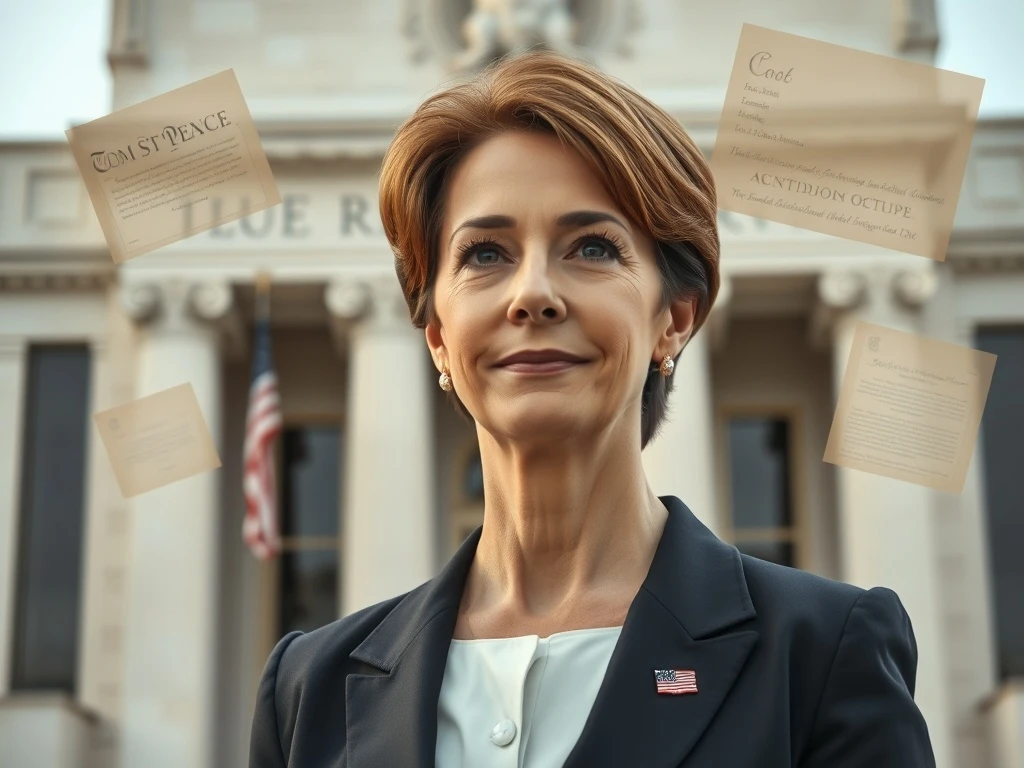Former President Donald Trump’s unprecedented attempt to remove Federal Reserve Governor Lisa Cook faces mounting legal obstacles that could reshape presidential authority over central bank leadership. Consequently, this developing situation raises critical questions about Federal Reserve independence and constitutional protections for appointed officials.
Legal Foundations Protecting Fed Governor Lisa Cook
The Federal Reserve Act establishes clear protections for Fed Governor Lisa Cook’s position. Specifically, the legislation grants Federal Reserve board members fourteen-year terms to ensure monetary policy independence. Moreover, these appointments require Senate confirmation, creating significant removal barriers. Therefore, any removal attempt must demonstrate clear cause under established legal standards.
Constitutional Challenges to Removal Efforts
Constitutional law experts identify several fundamental obstacles to removing Fed Governor Lisa Cook. First, the Appointments Clause establishes separation of powers principles. Second, Supreme Court precedent limits presidential removal authority over independent agency officials. Additionally, historical practice supports Fed independence from political interference. Consequently, legal scholars widely view removal attempts as constitutionally questionable.
Historical Precedents and Current Context
No president has successfully removed a sitting Federal Reserve governor since the central bank’s establishment in 1913. Historically, Fed governors complete their terms regardless of political changes. However, recent political tensions have increased pressure on central bank independence. Meanwhile, Fed Governor Lisa Cook continues fulfilling her statutory duties despite external pressures.
Potential Legal Pathways and Obstacles
Legal analysts outline several potential scenarios regarding Fed Governor Lisa Cook’s position:
- Constitutional challenges would likely reach Supreme Court review
- Statutory interpretation disputes regarding removal authority
- Political pressure versus legal authority distinctions
- Historical precedent favoring Fed independence preservation
Implications for Federal Reserve Independence
The effort to remove Fed Governor Lisa Cook carries profound implications for central bank independence. Monetary policy decisions require insulation from political pressure. Furthermore, market stability depends on Fed credibility. International observers closely monitor these developments. Thus, legal protections remain crucial for economic stability.
FAQs
Can a president legally remove a Federal Reserve governor?
Presidential authority to remove Fed governors remains legally uncertain and constitutionally untested. The Federal Reserve Act provides fourteen-year terms specifically to insulate governors from political pressure.
What legal standards apply to Fed governor removal?
Legal standards require demonstrating cause for removal, typically interpreted as malfeasance, neglect of duty, or criminal behavior rather than policy disagreements.
Has any Fed governor been removed before?
No Federal Reserve governor has been removed from office since the central bank’s establishment in 1913, creating strong historical precedent against removal.
What role does the Senate play in removal proceedings?
The Senate must confirm all Fed appointments but removal authority remains subject to constitutional interpretation and legal challenges.
How does this affect monetary policy decisions?
Legal uncertainty surrounding Fed leadership could potentially impact market confidence and monetary policy implementation during transition periods.
What are the likely next legal steps?
Legal challenges would likely progress through federal courts, potentially reaching the Supreme Court for constitutional interpretation regarding presidential removal authority.








